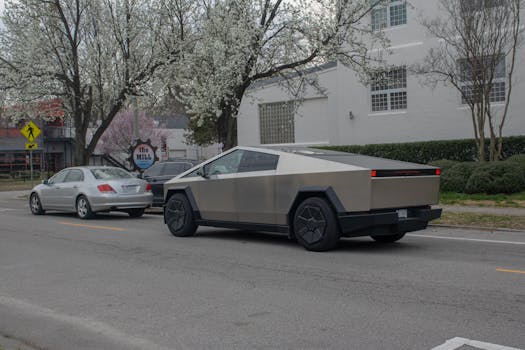
Smart Cities: Urban Trends for 2025
Smart Cities are revolutionizing the way we live, work, and interact with our urban environments. As we approach 2025, it’s essential to explore the latest trends shaping the future of smart cities. Smart Cities are at the forefront of innovation, incorporating cutting-edge technologies to create sustainable, efficient, and livable spaces. In this article, we’ll delve into the top urban trends for 2025, from green infrastructure to smart transportation systems.
Section 1: Sustainable Infrastructure
One of the primary focuses of smart cities is sustainable infrastructure. This includes green buildings, renewable energy sources, and eco-friendly transportation systems. By incorporating these elements, cities can reduce their carbon footprint, mitigate the effects of climate change, and create healthier environments for their citizens. Some notable examples of sustainable infrastructure include:
- Green roofs and walls to reduce energy consumption and improve air quality
- Solar panels and wind turbines to generate renewable energy
- Electric and self-driving vehicles to reduce emissions and enhance transportation efficiency
Section 2: Innovative Technologies
Smart cities are leveraging innovative technologies to enhance the quality of life for their citizens. Some of the most significant trends include:
- Internet of Things (IoT) devices to monitor and manage urban systems, such as traffic, energy, and waste management
- Artificial Intelligence (AI) to analyze data, predict patterns, and optimize city operations
- Blockchain to secure data, ensure transparency, and facilitate transactions
Section 3: Smart Transportation Systems
Smart transportation systems are a critical component of smart cities. These systems aim to reduce congestion, decrease emissions, and improve the overall travel experience. Some notable trends include:
- Smart traffic management to optimize traffic flow and reduce congestion
- Public transportation systems, such as buses and trains, to reduce reliance on personal vehicles
- Mobility-as-a-Service (MaaS) platforms to provide citizens with flexible, on-demand transportation options
Section 4: Urban Planning and Design
Urban planning and design play a crucial role in shaping the future of smart cities. By incorporating green spaces, walkable neighborhoods, and mixed-use development, cities can create vibrant, livable environments that promote social interaction, economic growth, and environmental sustainability. Some notable trends include:
- Green spaces, such as parks and gardens, to improve air quality and mitigate the urban heat island effect
- Walkable neighborhoods to promote physical activity, social interaction, and local economic growth
- Mixed-use development to combine residential, commercial, and recreational spaces, reducing the need for lengthy commutes
Section 5: Conclusion
In conclusion, smart cities are at the forefront of innovation, incorporating cutting-edge technologies, sustainable infrastructure, and innovative urban planning to create livable, efficient, and sustainable environments. As we approach 2025, it’s essential to stay informed about the latest urban trends shaping the future of smart cities. By embracing these trends, we can create a better future for generations to come.


